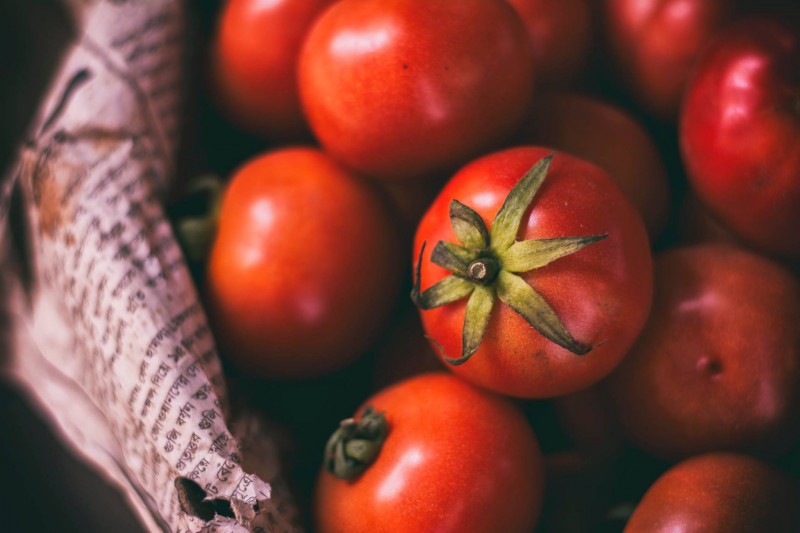
Tomatoes are a kitchen staple in many households, prized for their versatility and delicious flavor. However, they can be quite perishable, and keeping them fresh for an extended period can be a challenge. If you're tired of watching your tomatoes go bad before you can use them, here are five effective strategies to help you extend their shelf life.
Storing Tomatoes at Room Temperature
One of the most common mistakes people make is refrigerating tomatoes. Tomatoes are sensitive to cold temperatures, which can dull their flavor and cause them to become mealy. To keep your tomatoes fresh, store them at room temperature, ideally around 68-72°F (20-22°C).
Use a Tomato Basket
Invest in a tomato basket or keep them in a single layer on a countertop. This prevents excess weight and pressure, reducing the risk of bruising and premature spoilage.
Keep Tomatoes Stem-Side Down
Store tomatoes with their stems facing downward. This helps prevent moisture from escaping through the stem, keeping them juicy and fresh.
Protect from Sunlight
Tomatoes should be shielded from direct sunlight. Prolonged exposure to sunlight can cause them to ripen too quickly and lose their quality. Store them in a cool, shaded area.
Consider Using a Cloth
If you have tomatoes on display, cover them with a clean cloth to block out sunlight while still allowing for air circulation.
Separate Ripe and Unripe Tomatoes
Ripe tomatoes release ethylene gas, which can speed up the ripening process of nearby unripe tomatoes. To prolong their shelf life, store ripe and unripe tomatoes separately.
Use Ethylene-Absorbing Products
Consider using ethylene-absorbing products, like ethylene-absorbing produce bags or inserts, to control the ripening process of your tomatoes.
Inspect Tomatoes
To prevent spoiled tomatoes from affecting the rest, regularly inspect your tomato stash. Remove any tomatoes that show signs of mold, soft spots, or overripeness.
Rotate Tomatoes
Rotate the tomatoes in your storage area. This helps ensure that all of them receive equal airflow and reduces the risk of one tomato spoiling and spreading to others.
Freezing
If you find yourself with too many ripe tomatoes, consider freezing them. Simply wash, chop, and place them in an airtight container or freezer bag. Frozen tomatoes are great for sauces and soups.
Canning
Canning is another effective way to extend the shelf life of tomatoes. You can make homemade tomato sauce or canned diced tomatoes to enjoy throughout the year.
In conclusion, with these strategies, you can significantly prolong the shelf life of your tomatoes and reduce food waste. Proper storage, avoiding direct sunlight, separating ripe from unripe ones, regular inspection, and preserving techniques all play a vital role in ensuring your tomatoes stay fresh and delicious.
Avoid These Foods When Consuming Milk to Reduce the Risk of Heart Attack